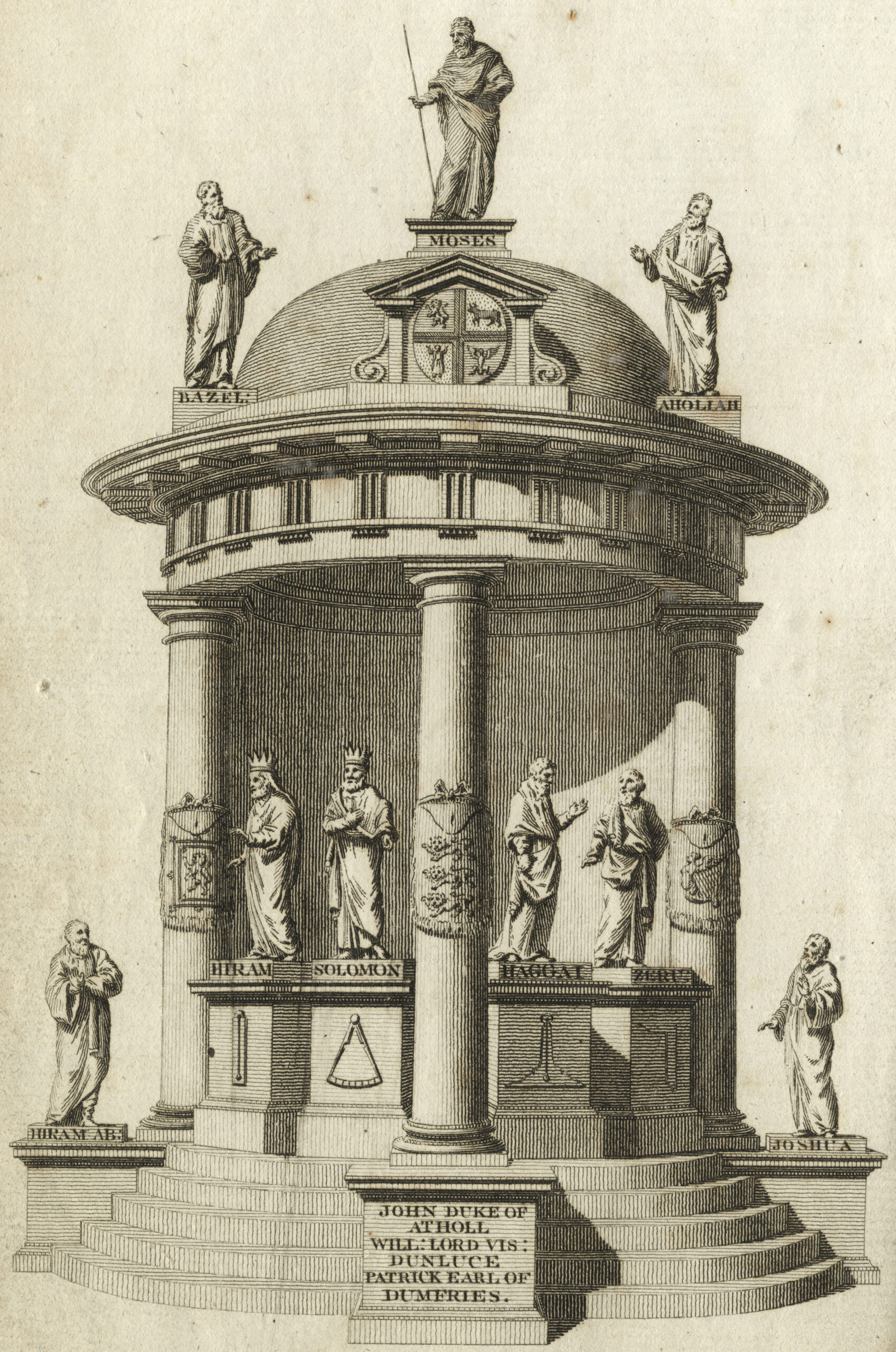- The 1723 Constitutions
- The Context
- The Protagonists
- Britain, Ireland & Empire
- America
- Europe
- Events & Publications
- Contact Us
Written and published by Laurence Dermott in 1756, Ahiman Rezon became the constitutional foundation of Antients Freemasonry on both sides of the Atlantic and would become the basis for the Constitutions of many American State Grand Lodges. It was however not original but in the main an adapted version of Edward Spratt’s 1751 Irish Constitutions, a work based on the 1723 Constitutions of the Grand Lodge of England. Nonetheless, Ahiman Rezon contained a humorous introduction and a sometimes acerbic commentary that set it apart from the Constitutions of the Grand Lodge of England. Over the next five decades successive editions of Ahiman Rezon would be published in Britain, Ireland, and America, including the remarkable 1764 and 1778 editions.
Ahiman Rezon codified and publicised Antients Freemasonry, advancing an argument in favour of the Antients’ greater antiquity and superior ritual as compared to the not dissimilar form practiced by the Moderns. Dermott deployed the book effectively to emphasise the Antients’ claim to Masonic pre-eminence. Its impact grew as subsequent editions gained traction. The value of Dermott’s royalties was also considerable and in September 1785 in an act that set a seal on Dermott’s standing within the Antients Grand Lodge and as a testament to his then affluence, Dermott gifted his royalties to the Antients’ Grand Charity.
The frontispiece of the third edition is particularly interesting, marking the Antients’ tri-partite pact with the Grand Lodges of Ireland and Scotland and featuring a design that reflects the exclusion and marginalisation of the Moderns in favour of the Irish, Scottish and Antients branches of freemasonry. ‘
The three figures upon the dome represent the great masters of the tabernacle… The two crowned figures with that on their right hand represent the three great masters of the holy temple at Jerusalem. The three figures on the left hand represent the three great masters of the second temple at Jerusalem. The three columns bearing Masons aprons with the arms of England, Ireland and Scotland and supporting the whole fabric, represents the three Grand Masters… who wisely and nobly have formed a triple union to support the honour and dignity of the Ancient Craft, for which their Lordship’s names will be honoured and revered while Freemasonry exists in these kingdoms.
